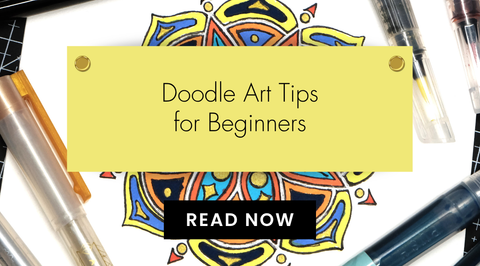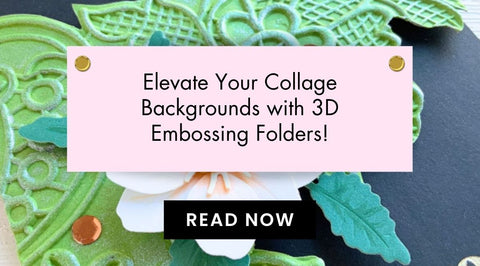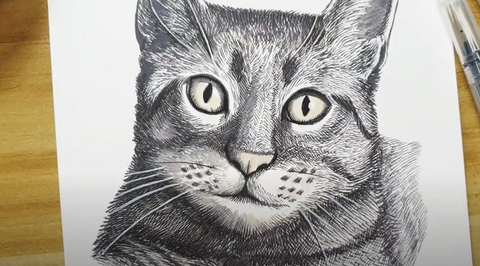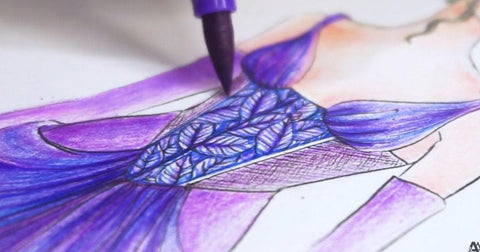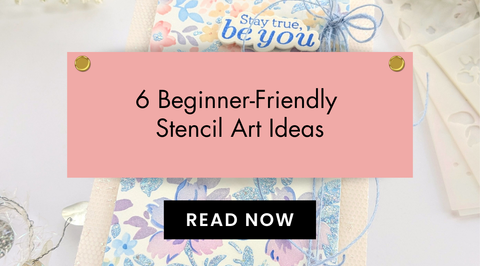Discover the Best Alcohol Markers for Artists
Last Updated: July 29, 2024
"Art is not what you see, but what you make others see." - Edgar Degas.
Have you ever wondered how artists achieve those stunning gradients and seamless color transitions in their artwork? The secret often lies in the type of markers they use. Blending colors seamlessly can bring your artwork to life, making it dynamic and captivating.

The right markers can bring your creative artwork game to the next level, enabling you to achieve stunning effects and depths. This blog post will discuss the art of blending with alcohol markers, highlighting their benefits and techniques.
Understanding Alcohol Markers

Woodland Garden Artist Alcohol Markers
Alcohol markers are popular among artists for their smooth application and intense colors. They use alcohol-based ink, allowing seamless blending and layering without damaging the paper. This makes them ideal for various artistic techniques, from illustration to graphic design.
Benefits of Alcohol Markers

Water Garden Artist Alcohol Markers
- Smooth Blending: Alcohol markers blend effortlessly, creating beautiful gradients and shades. This makes them perfect for coloring large areas and adding depth to your artwork.
- Quick Drying: Unlike water-based markers, alcohol markers dry quickly, preventing smudging and allowing immediate layering.
- Long-lasting: The alcohol-based ink is more resistant to fading, ensuring your artwork remains vibrant over time.
Color Theory and Alcohol Markers
Understanding color theory can significantly improve your blending techniques and overall artwork. Complementary colors, such as red and green, create high contrast and vibrant looks when placed next to each other. When blended, they can create neutral tones.

Analogous colors, which sit next to each other on the color wheel, blend harmoniously and are ideal for creating gradients.
Triadic colors, evenly spaced around the color wheel, provide a balanced and dynamic palette.
Monochromatic colors involve variations in the lightness and saturation of a single color, creating depth and interest while maintaining a cohesive look.
| Pro Tip: When experimenting with color theory, create a small swatch chart of your markers. This helps you visualize how different colors interact and blend together. |
Techniques for Using Blending Alcohol Markers
To get the most out of your alcohol markers, try these techniques:
- Layering: Start with light colors and gradually layer darker shades. This builds depth and creates a smooth transition between colors.
- Blending: Use a blending marker or a light-colored marker to blend two colors together. Additionally, a colorless blender can be used to soften the edges and create a gradient effect. The colorless blender is especially useful for lightening colors and adding highlights.
- Feathering: This technique involves applying light strokes to create a feathered look, adding texture and dimension to your artwork.
- Scribbling: Scribble with a blending marker over a colored area to mix the colors and achieve a blended effect.

Exploring Different Styles with Alcohol Markers
Alcohol markers are not only great for blending but also for experimenting with various styles. You can achieve lifelike details and textures by layering colors and blending them smoothly for realism, and cartooning benefits from bold lines and vivid colors to create expressive characters and scenes.

Abstract art allows you to play with colors and shapes to create unique, non-representational pieces. For mixed media, combining alcohol markers with other mediums like colored pencils or watercolors adds depth and interest to your artwork. You can explore countless other creative ideas and styles, limited only by your imagination.
Maintaining Your Markers
To ensure your markers last longer, follow these tips to maintain your markers:
- Store Horizontally: This prevents the ink from settling on one end, ensuring even ink distribution.
- Cap Properly: Always cap your markers tightly to prevent the alcohol from evaporating.
- Clean Regularly: Clean the nibs to remove any dried ink or debris that may affect the marker's performance.
Experience the Art of Blending
When it comes to blending, the right markers make all the difference. Artistry's Alcohol Markers offer a perfect balance of quality, durability, and a wide range of color options. Whether you're working on a detailed illustration or a bold design, these markers will help you achieve stunning results.
Enhance your art with Artistry's best alcohol markers. Visit our collection page and discover your potential with our premium art supplies.




